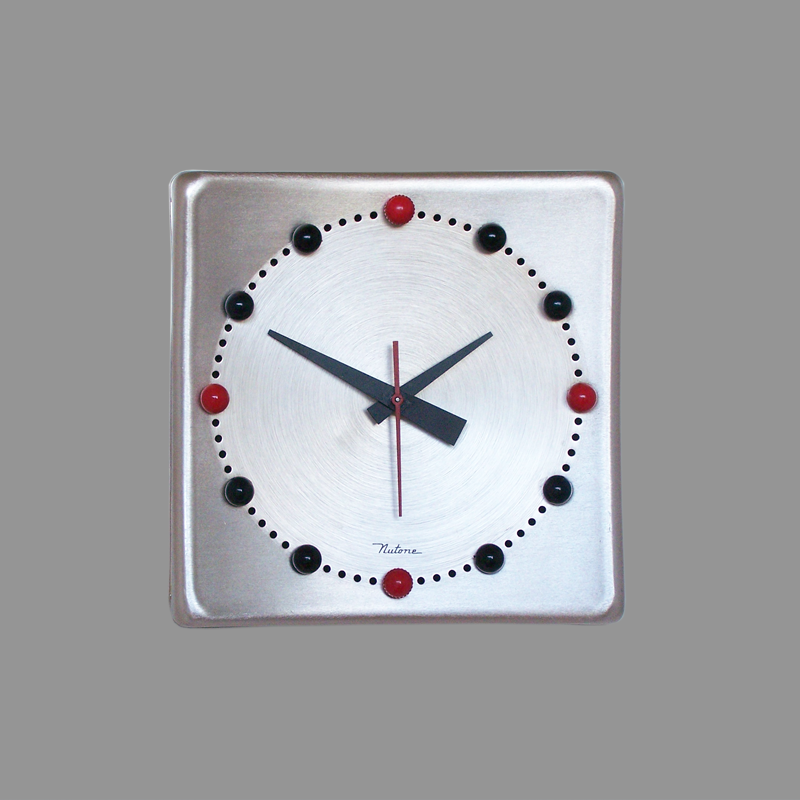
NuTone L-36 "Elite" Installation Instructions & Other Information:

NuTone K-35 / L-35 Information:
NuTone K-38 Information:

NuTone Time Chime TC-995 Information:
NuTone "Monticello" Information:
NuTone K-46 "Jefferson" Information:

1939 NuTone Time-Chime Information:
NuTone L-37 Clock Info:
NuTone CH4000 "Madison" and "Churchill":
NuTone LA-40 "Villager":
~1970s NuTone Clock:
If you are looking for information about the L-56 "Jefferson', L-59 "Century", L-60 "Sunburst", L-82-B, L-83-B, or L-84-B, please use the catalog & other information below:
NuTone LA50MA
Many NuTone clocks use Telechron rotors (with the exception of the K-35 that uses a Hansen Synchron motor). The following information can help you get your clock running again.
How to revive a Telechron rotor or General Time M5 rotor (Taken from the March, 1975 edition of Popular Electronics):
Click Images to Enlarge


Click here to read the full March, 1975 edition of Popular Electronics
Notes for the above method:
If you have a K-35 with a Hansen Synchron motor, you may be able to buy them here or here.
Electric Clock Safety:
Electric clocks can be dangerous, especially if their cords or wires are frayed or damaged. Here are some steps to keep your clock from burning down your house.
| Wire Gauge | Normal Load | Capacity Load |
|---|---|---|
| 18 | 5 Amps (600W) | 7 Amps (840W) |
| 16 | 8.3 Amps (1000W) | 10 Amps (1200W) |
| 14 | 12.5 Amps (1500W) | 15 Amps (1800W) |
[NOTE: THIS IS MY PERSONAL PERSPECTIVE ON SAFETY, IF YOU WANT A PROFESSIONAL OPINION, CONTACT AN ELECTRICIAN!]
To Wire a Chime or Doorbell:
To wire a doorbell, follow this diagram. However, most NuTone doorbells & doorchimes use 16 Volt transformers.
Connect the wire(s) from the transformer to the transformer terminal, and the wire(s) from the pushbutton(s) to the Front & Rear terminals on the chime.


If you have any information or additions for the site, e-mail me
Thanks to Northside Service Company for making the linked videos and uploading manuals. If you want a link, go here.

Last updated 6/9/2025